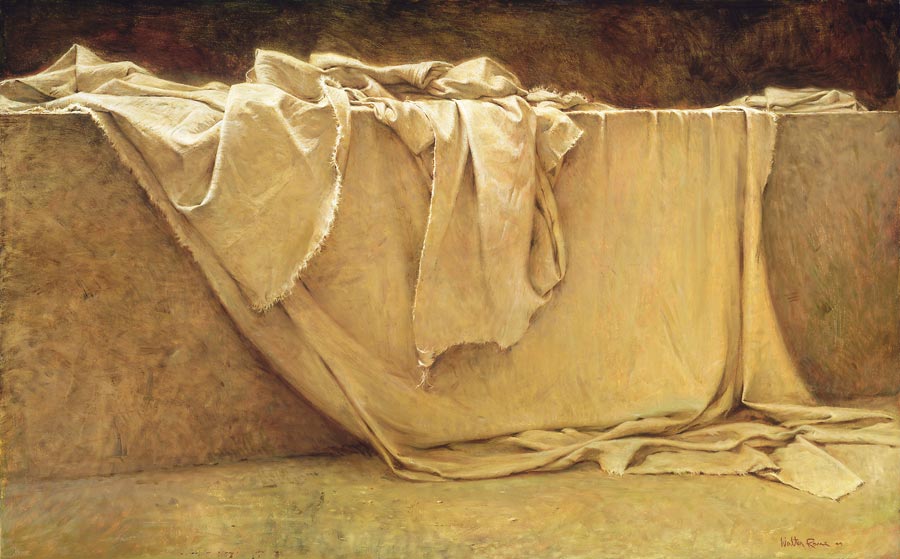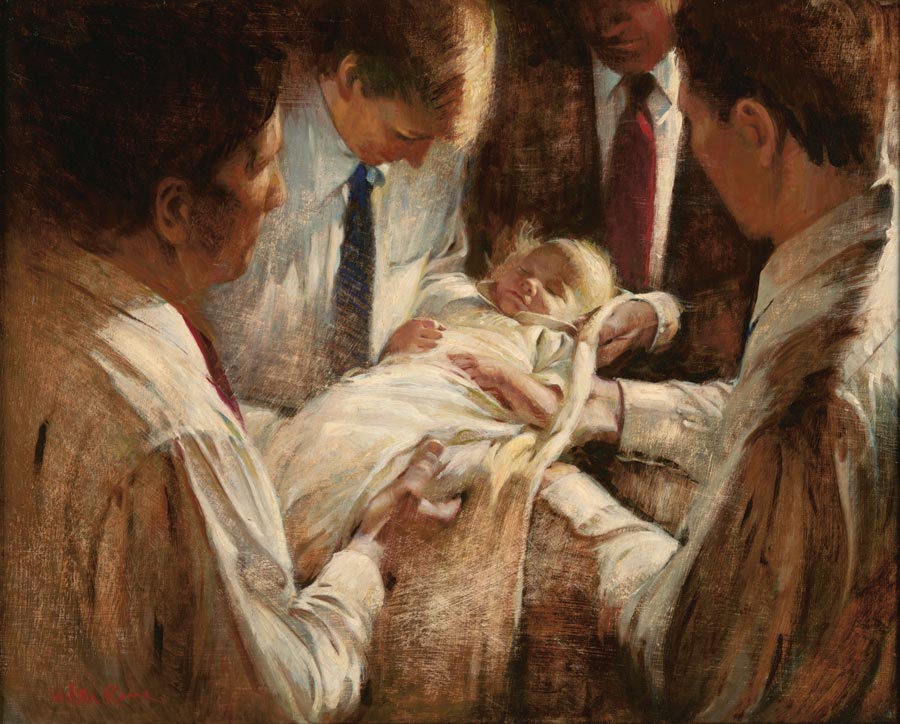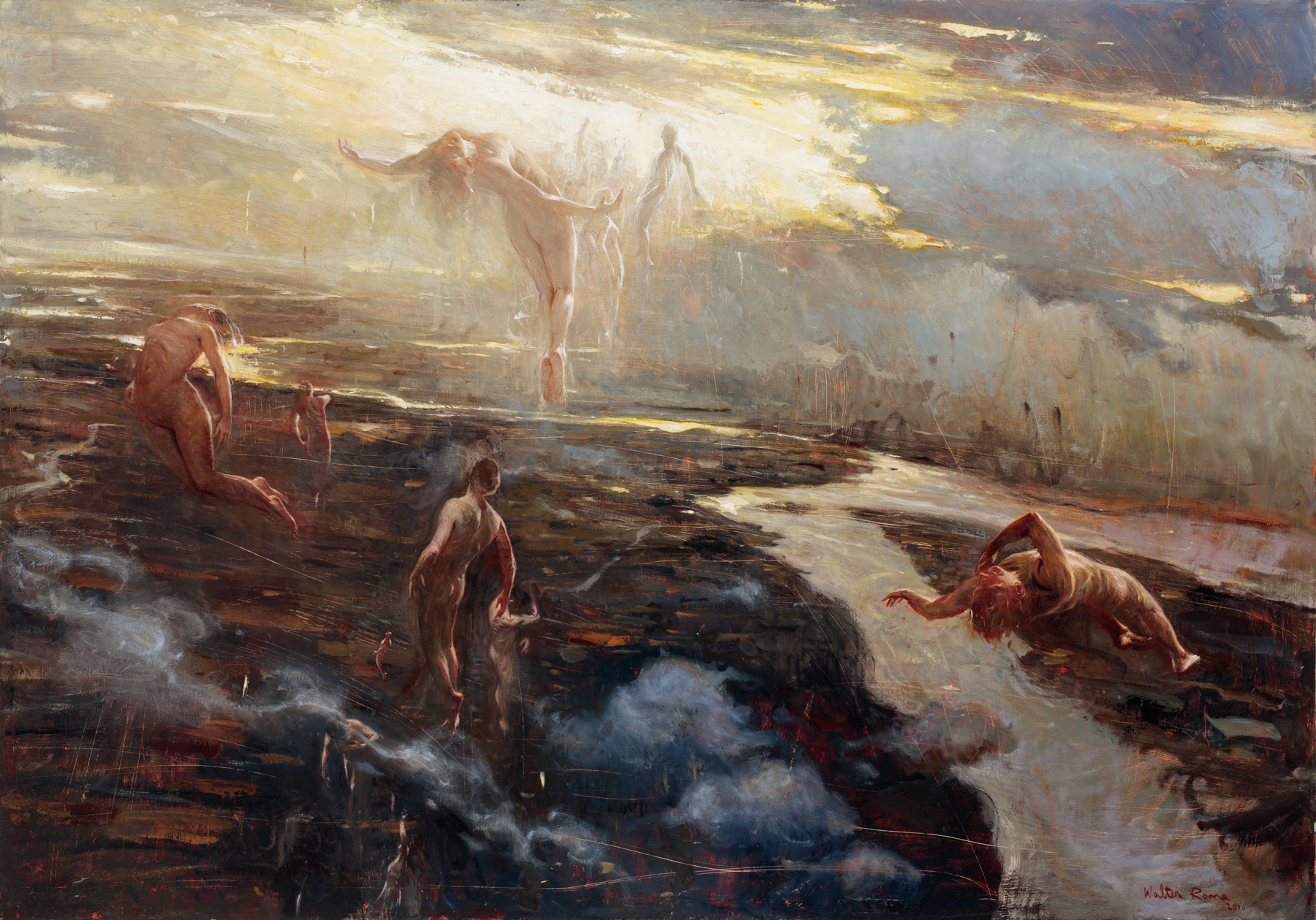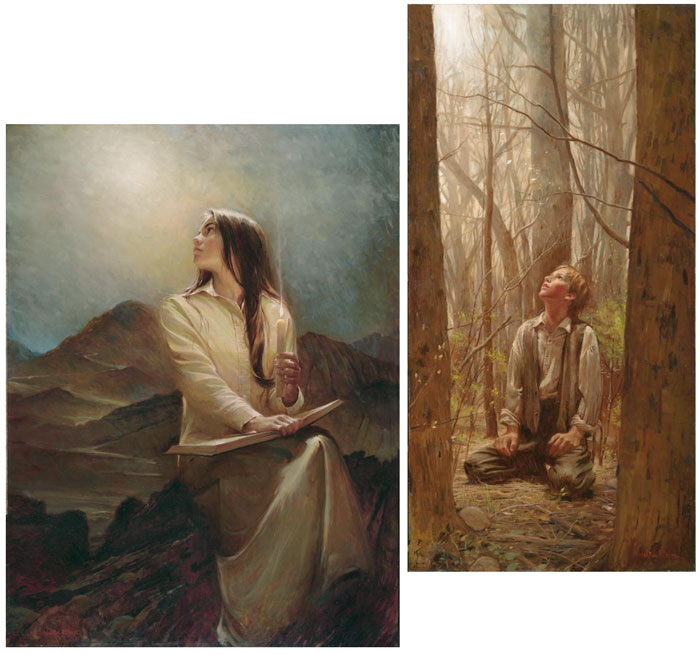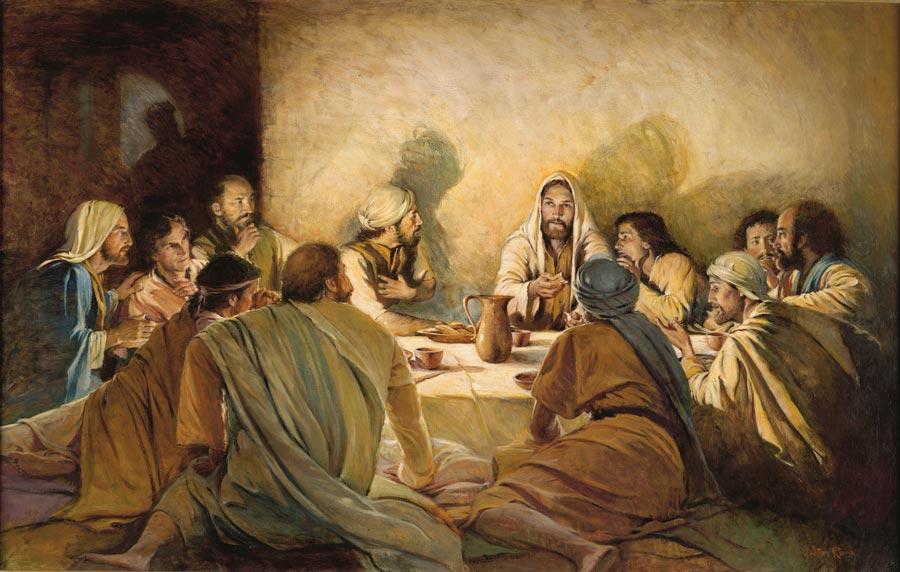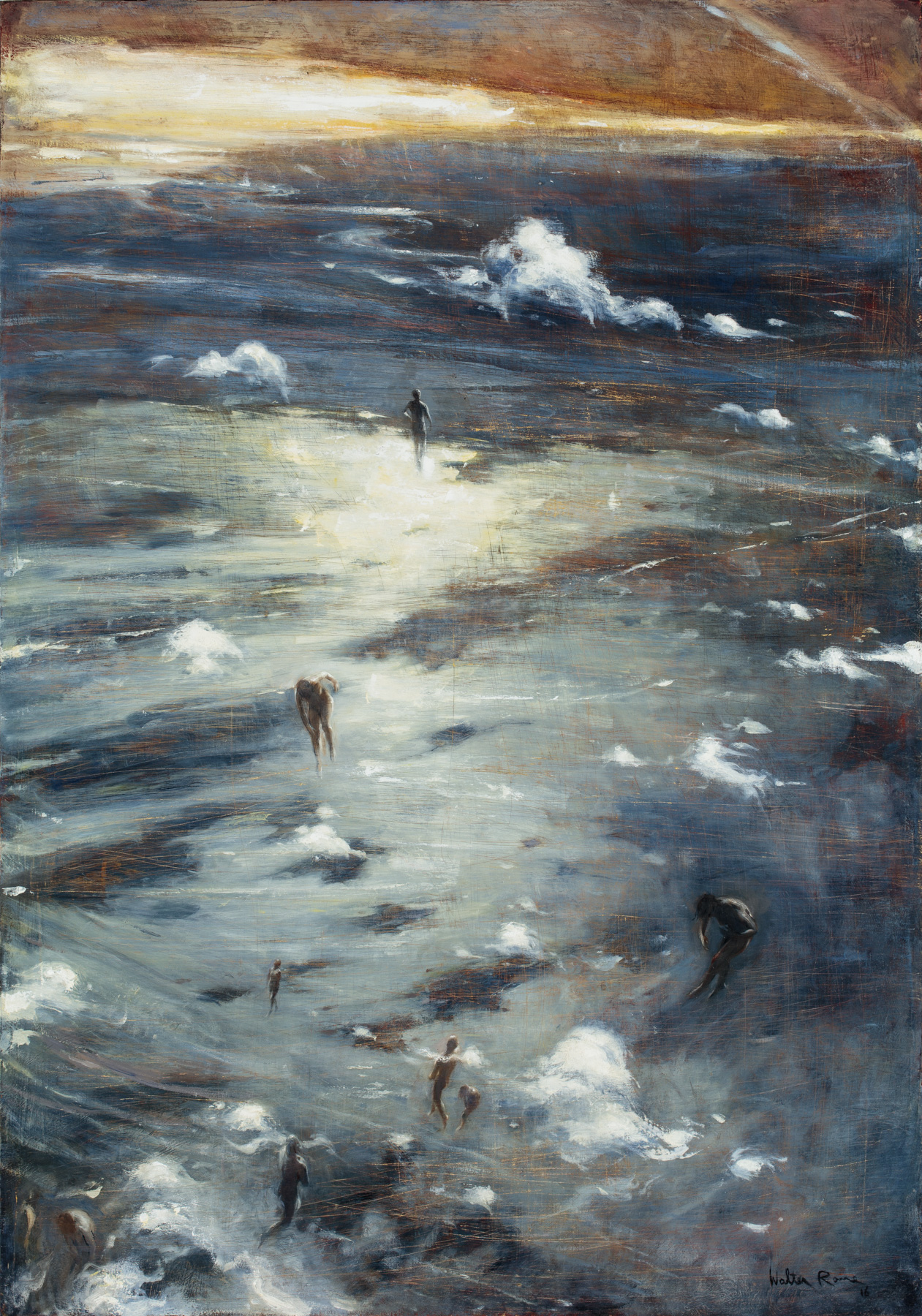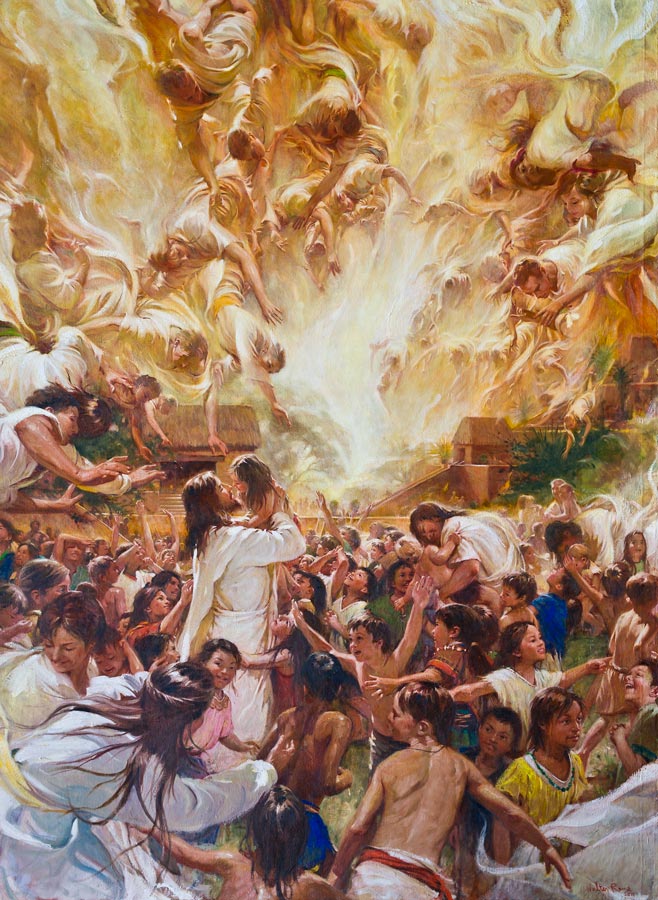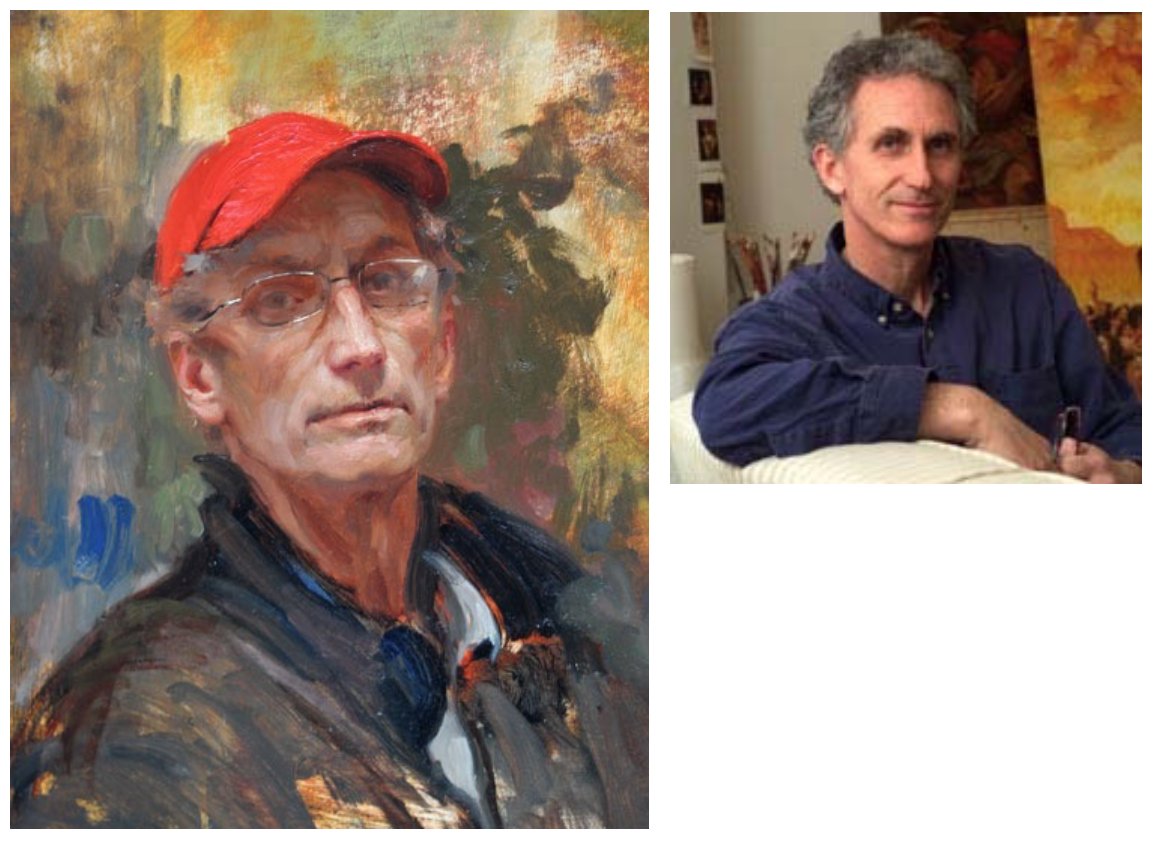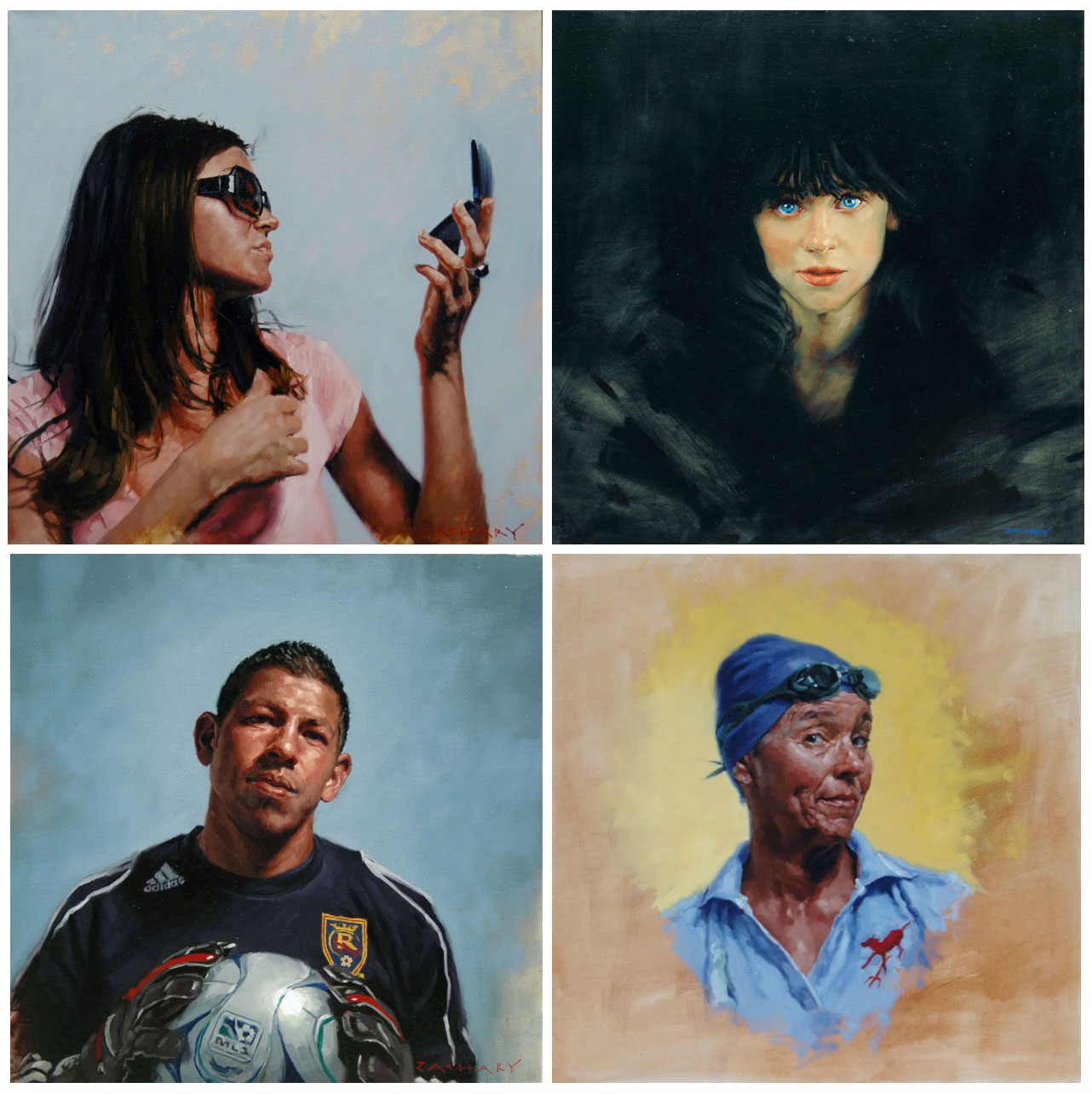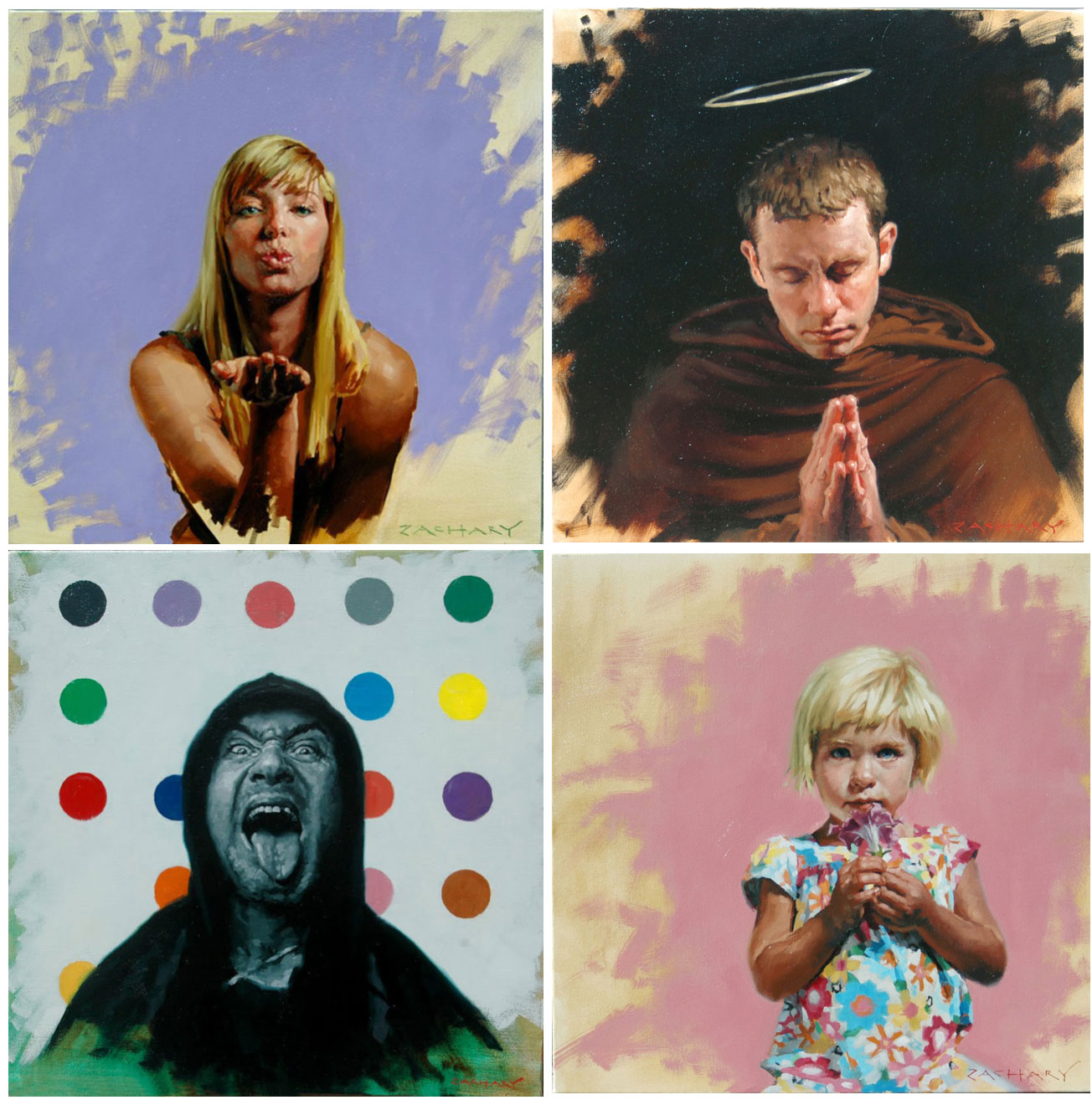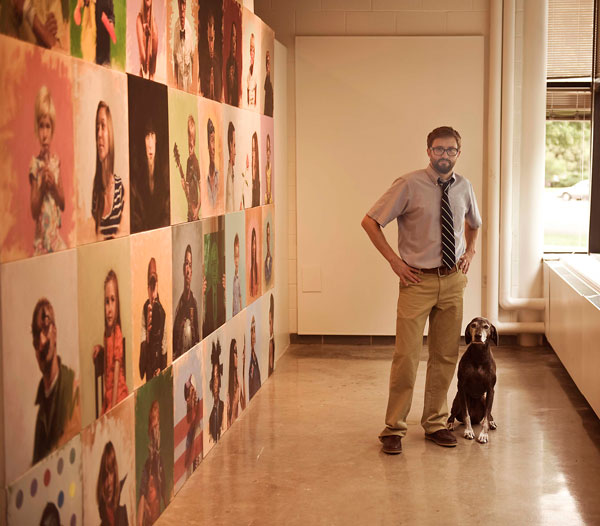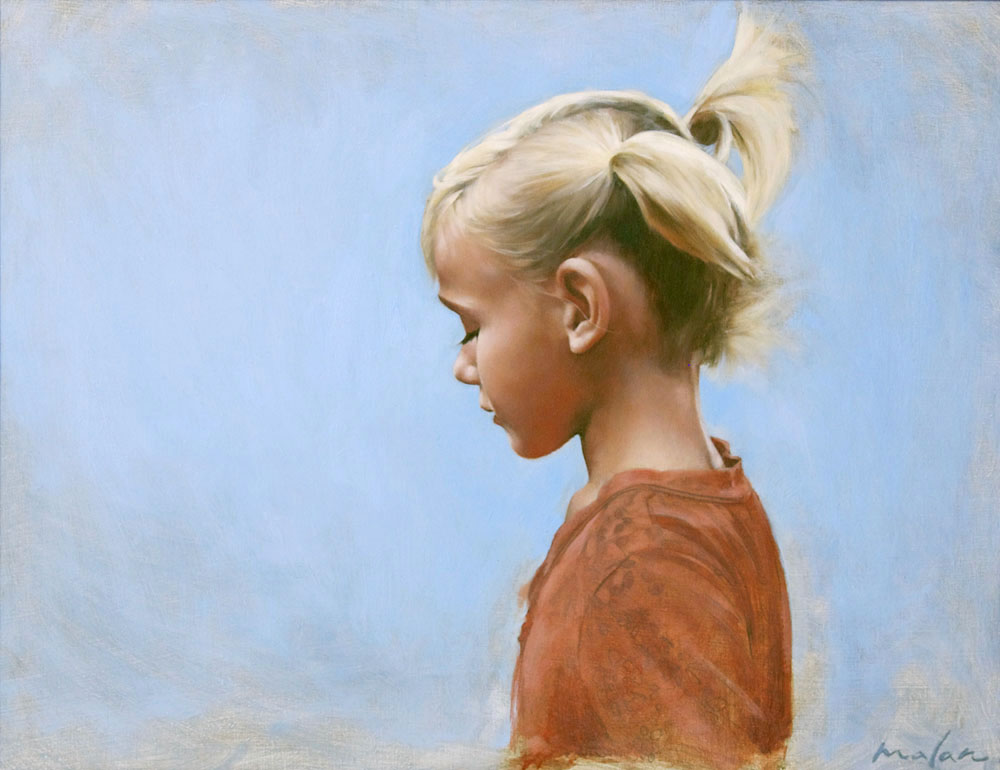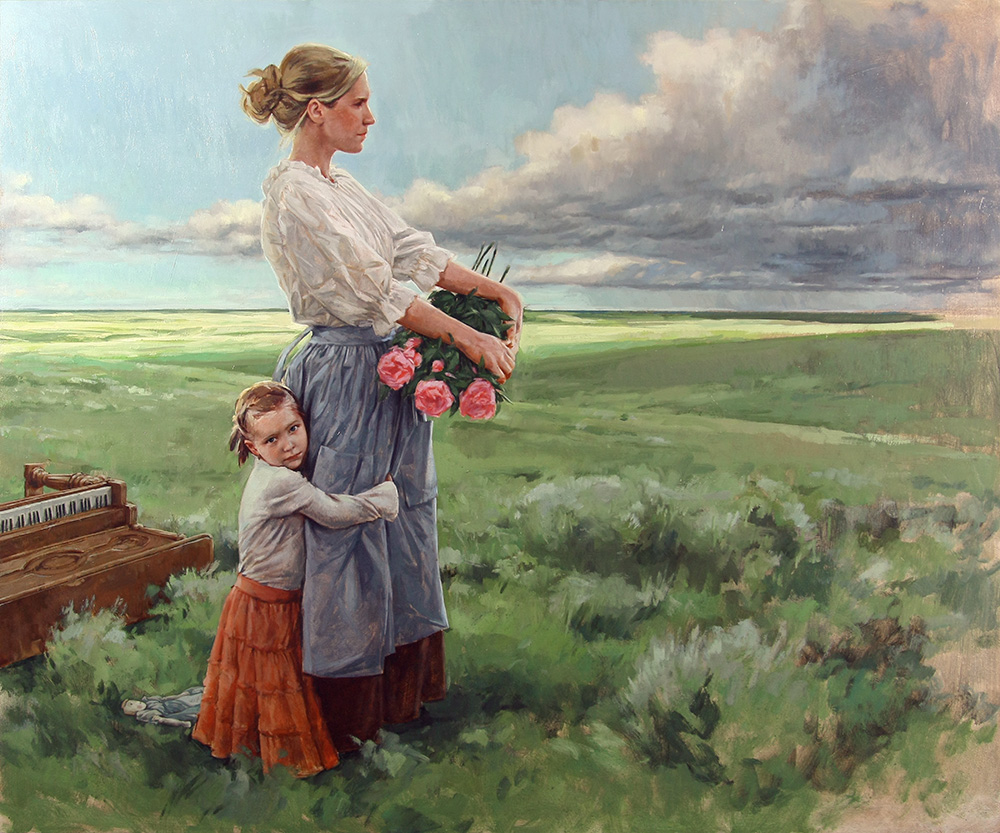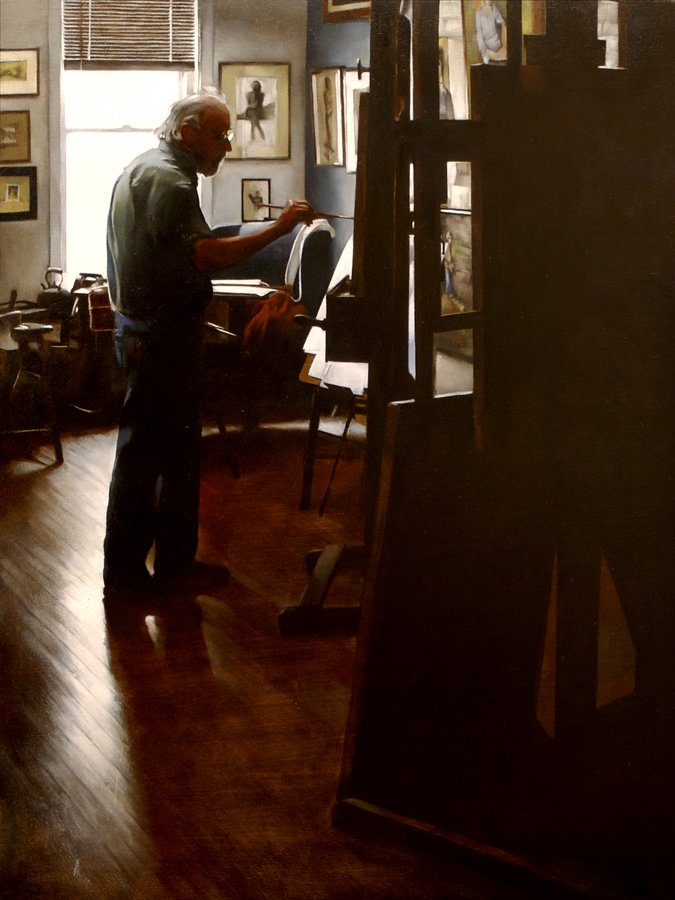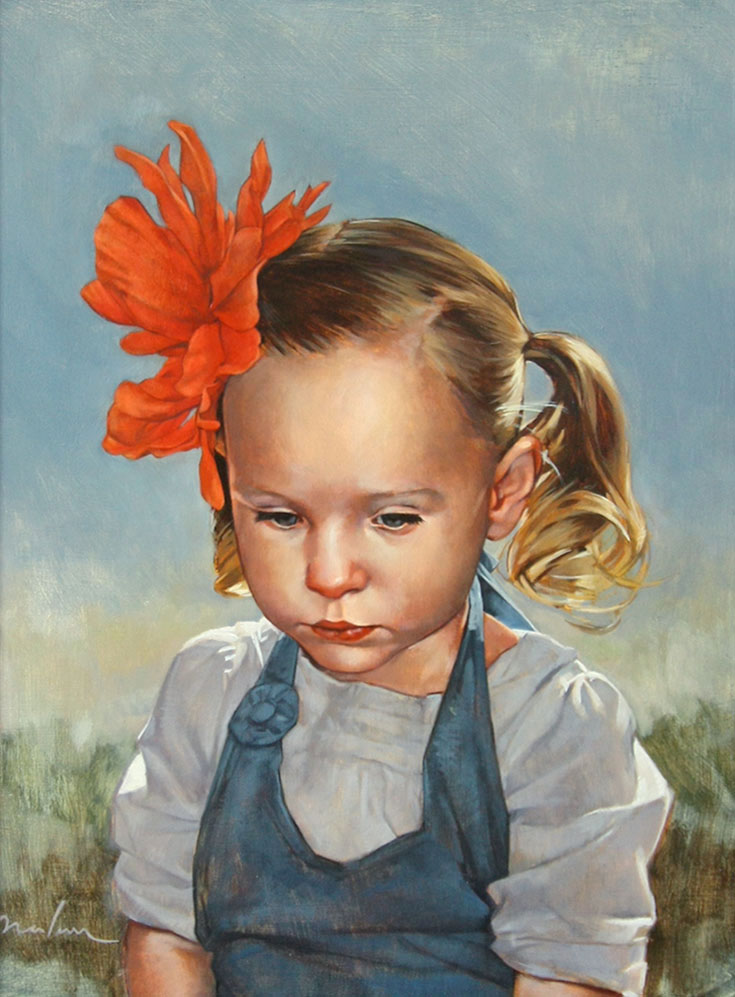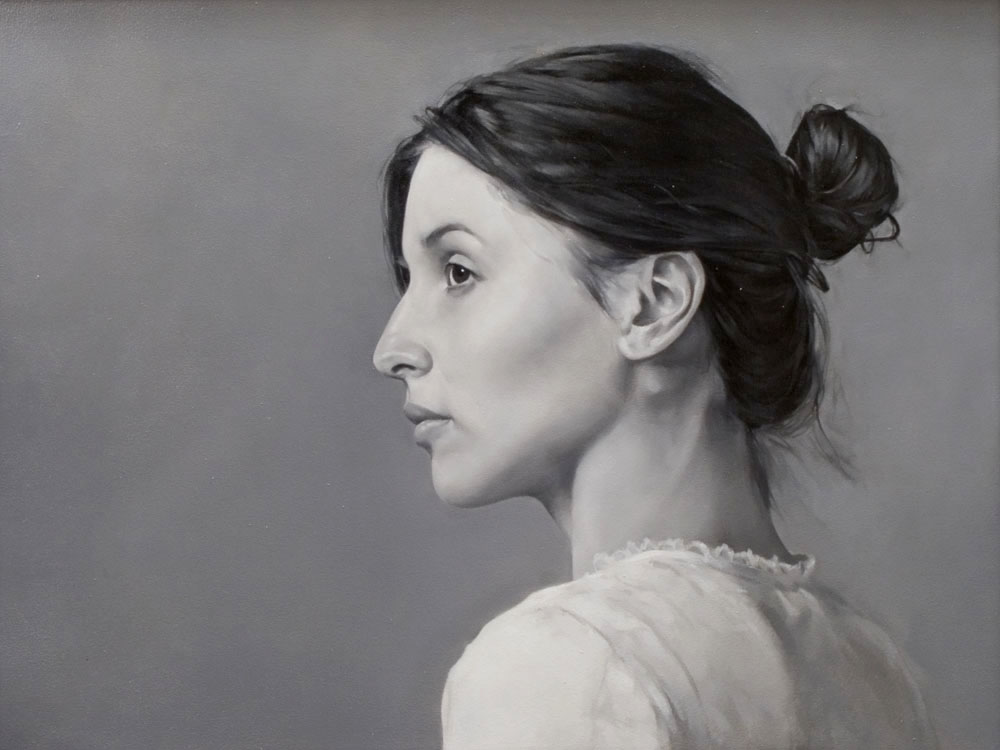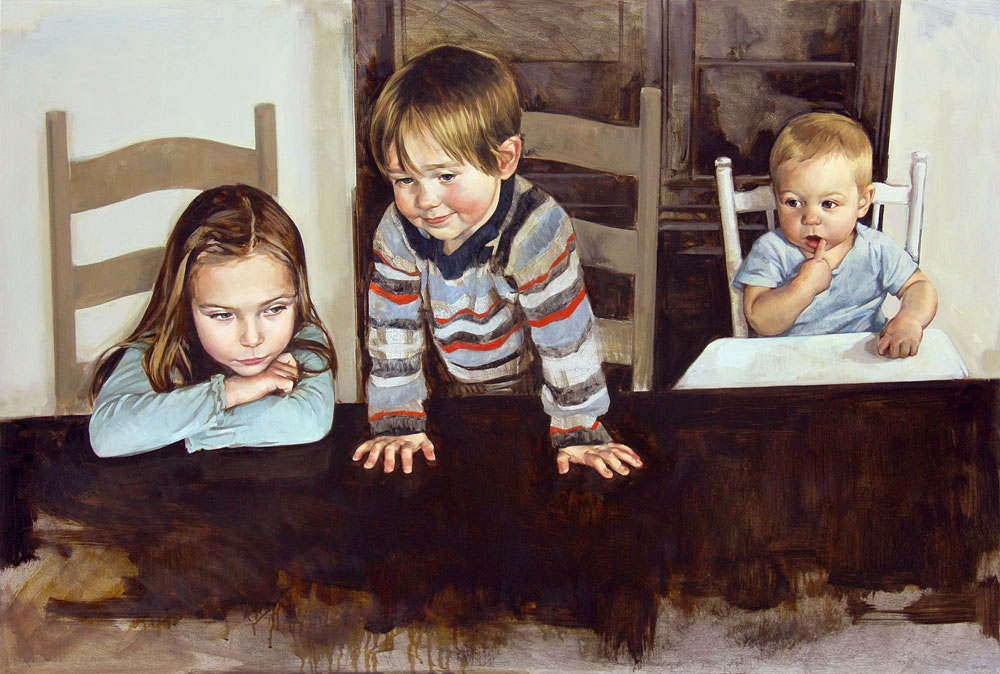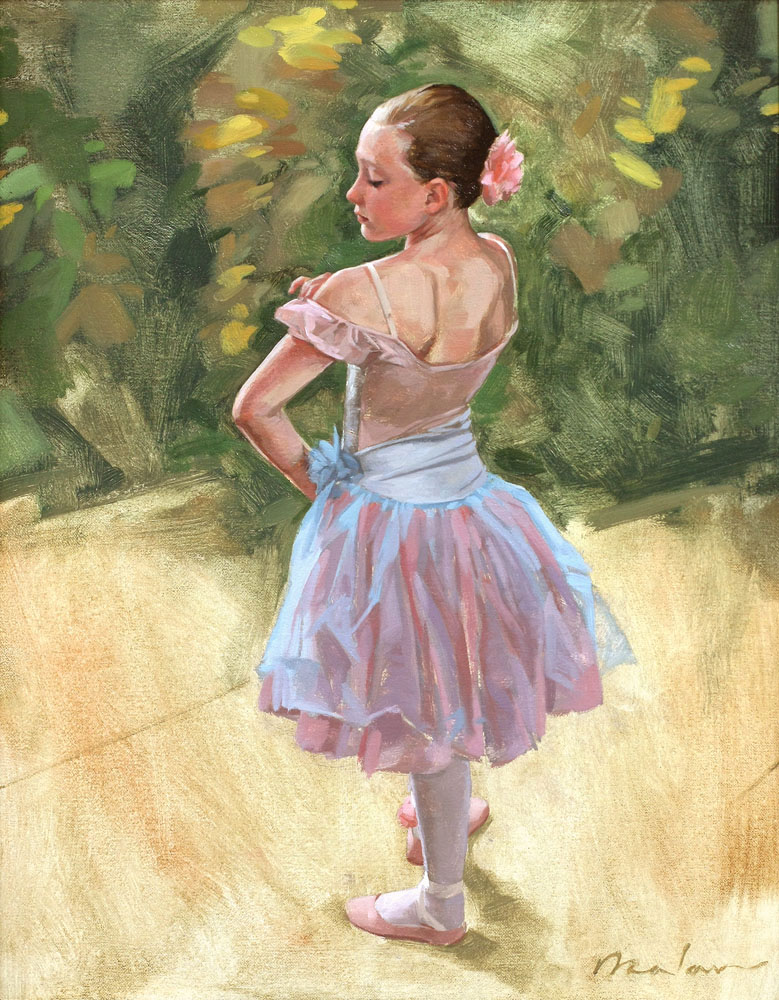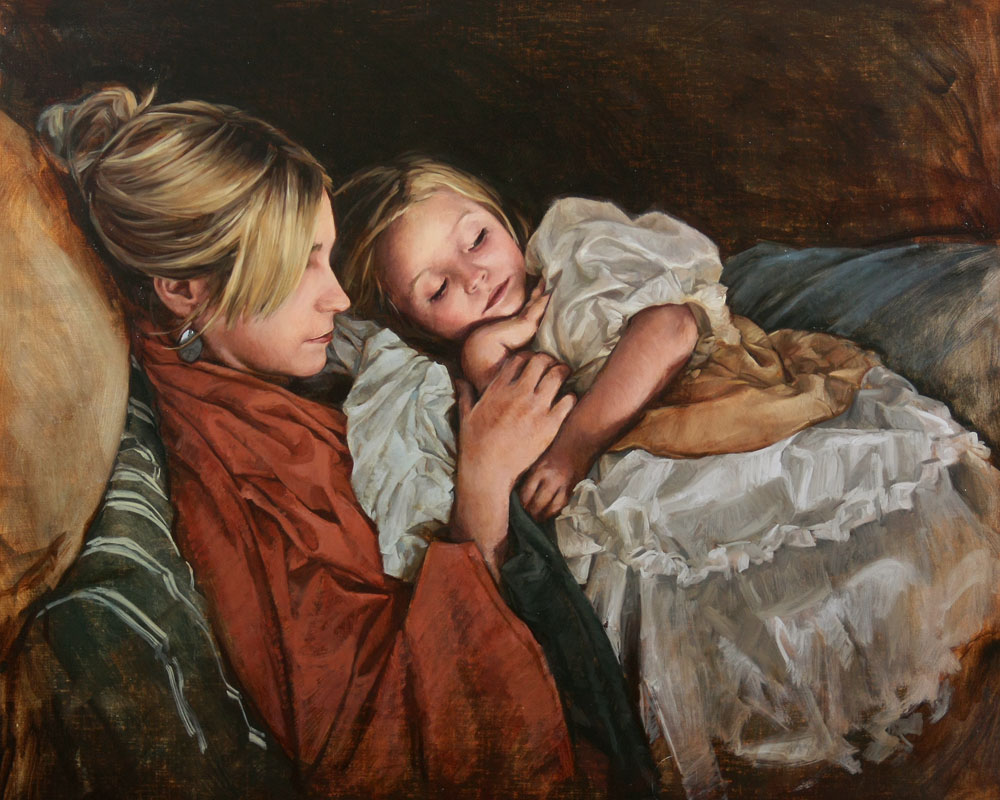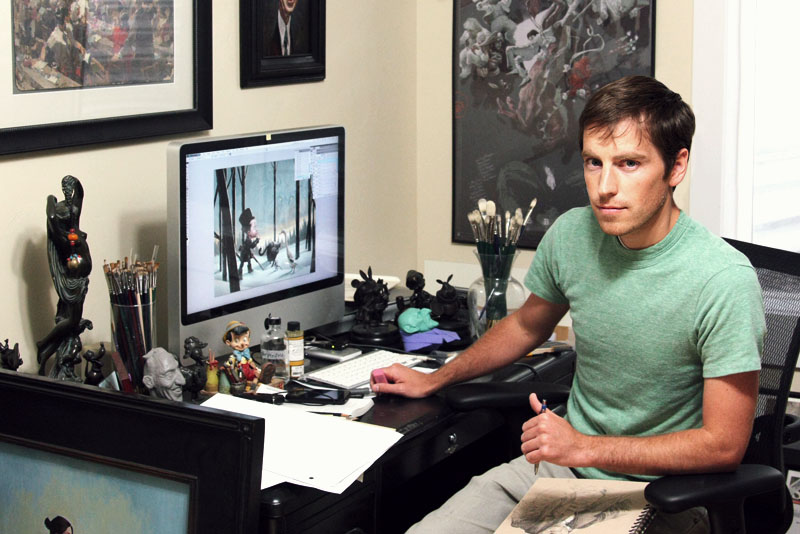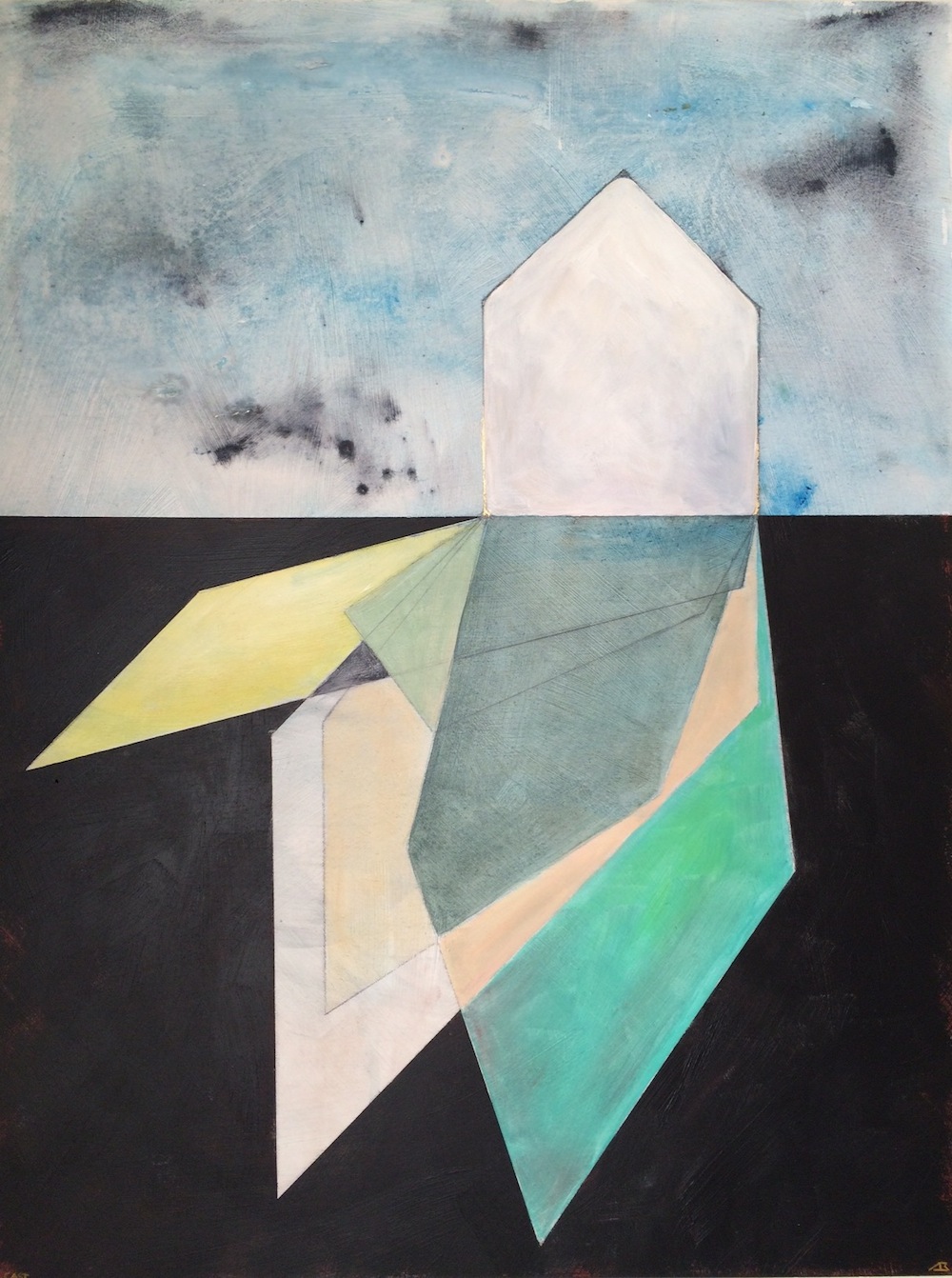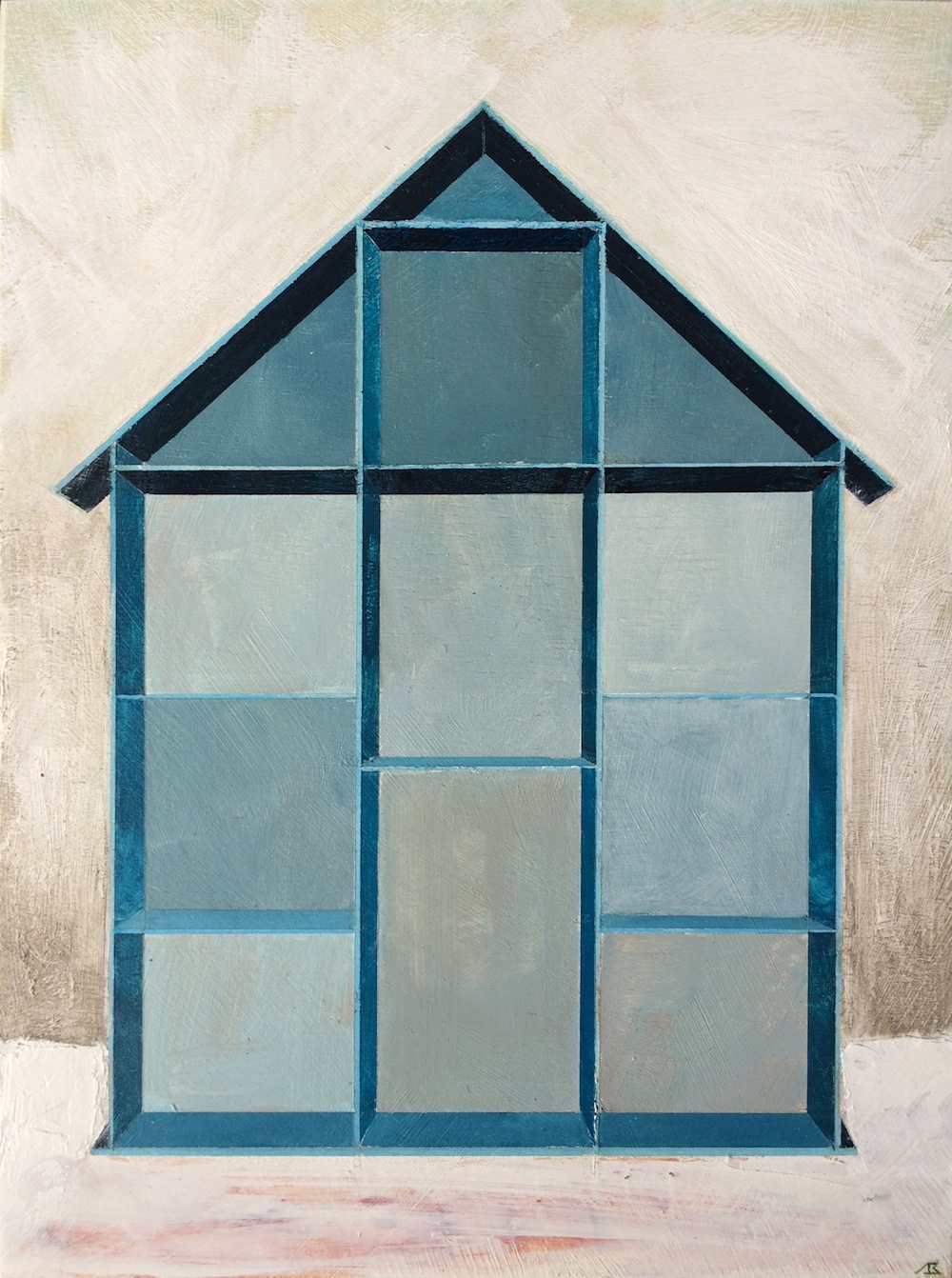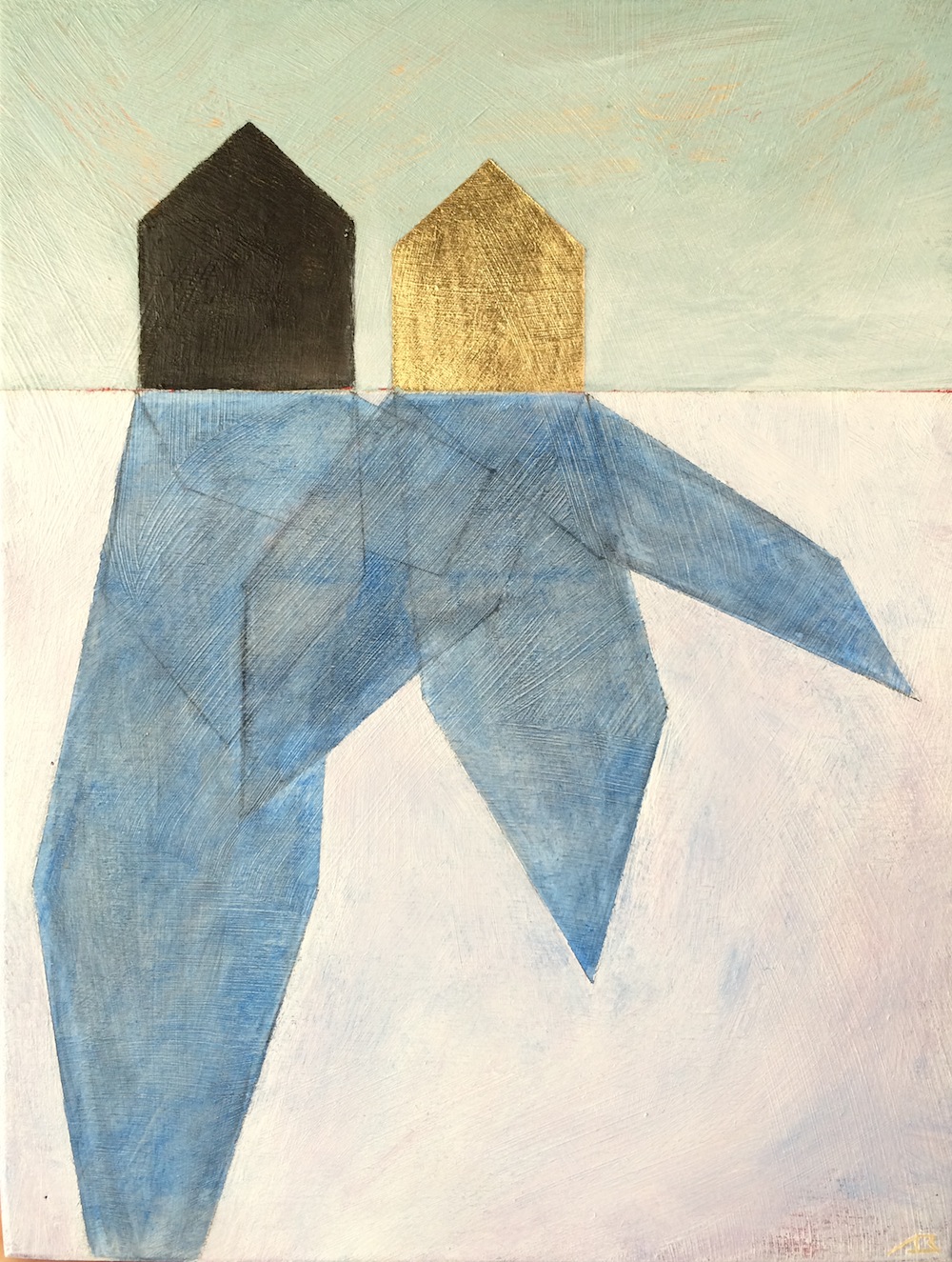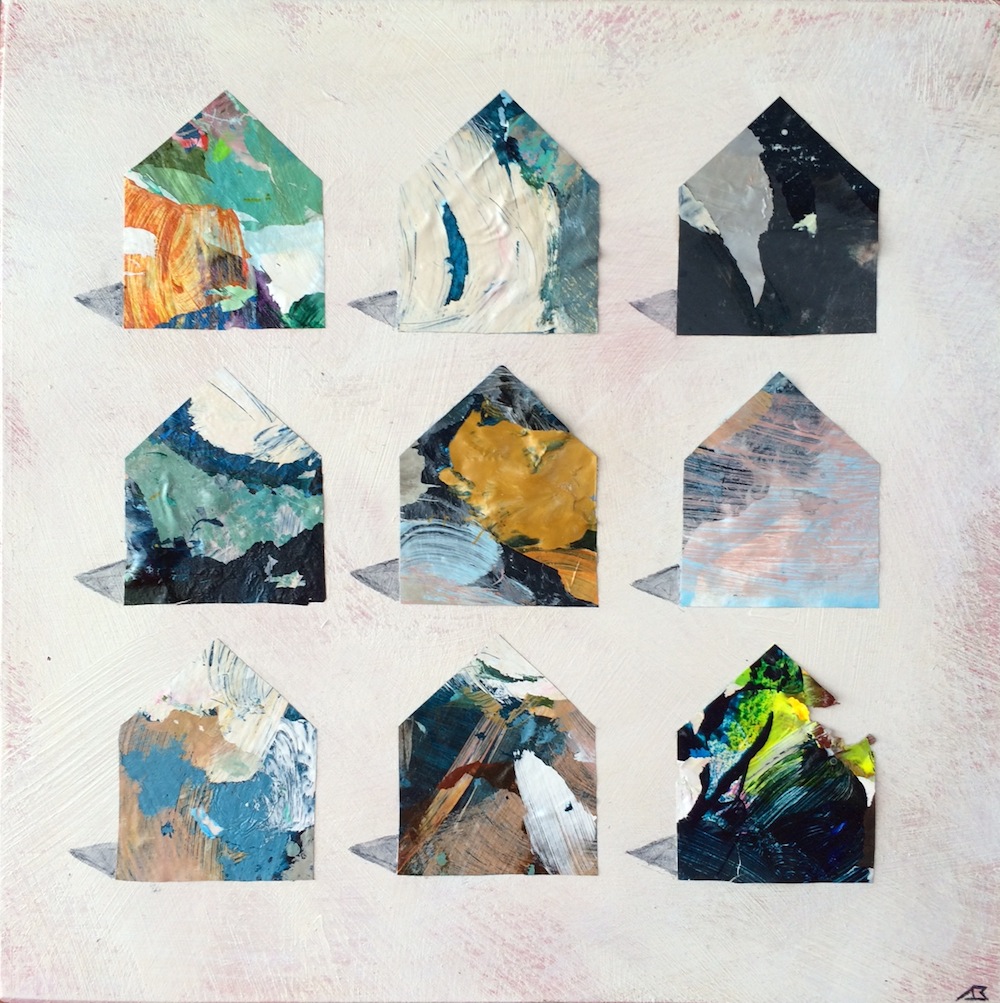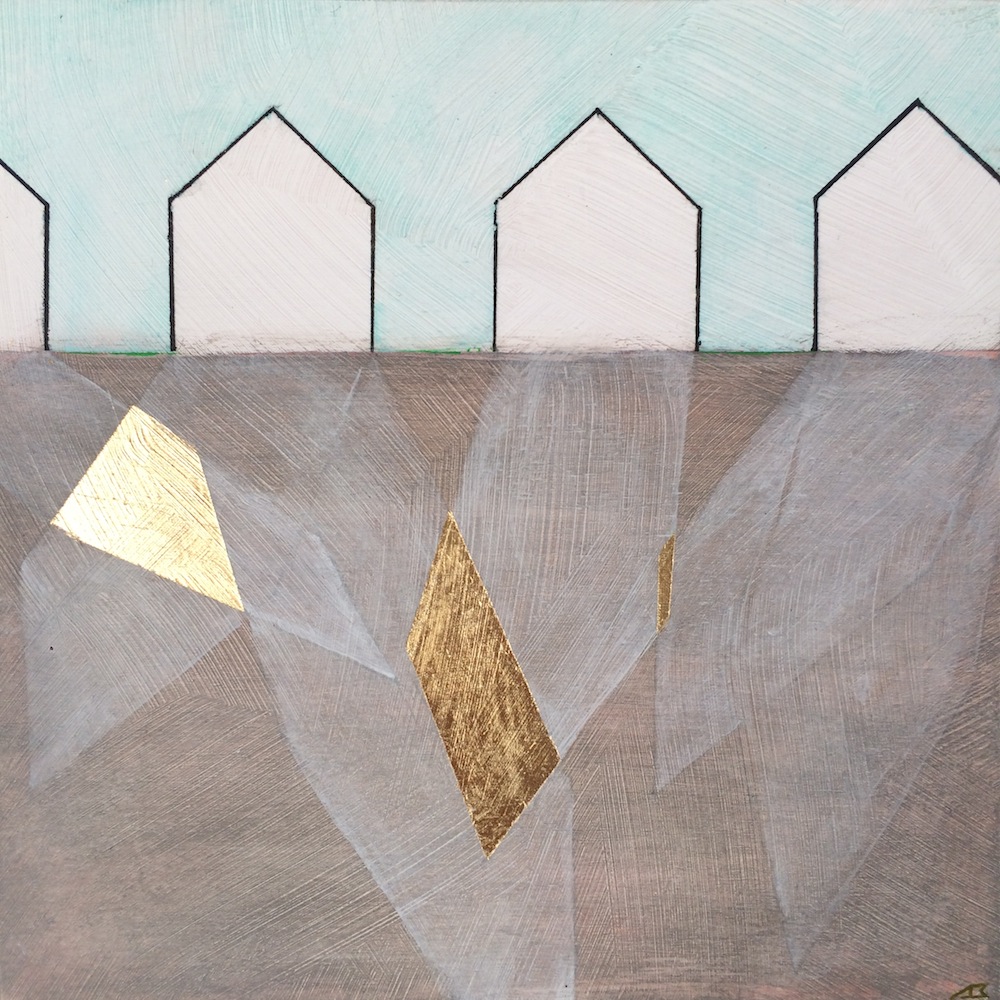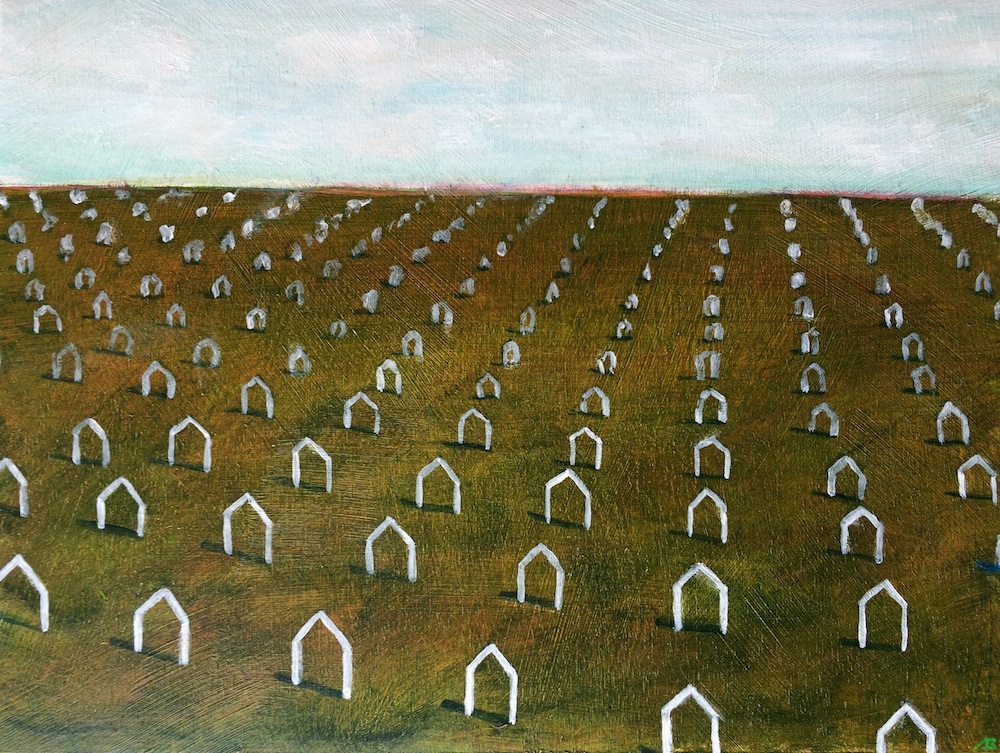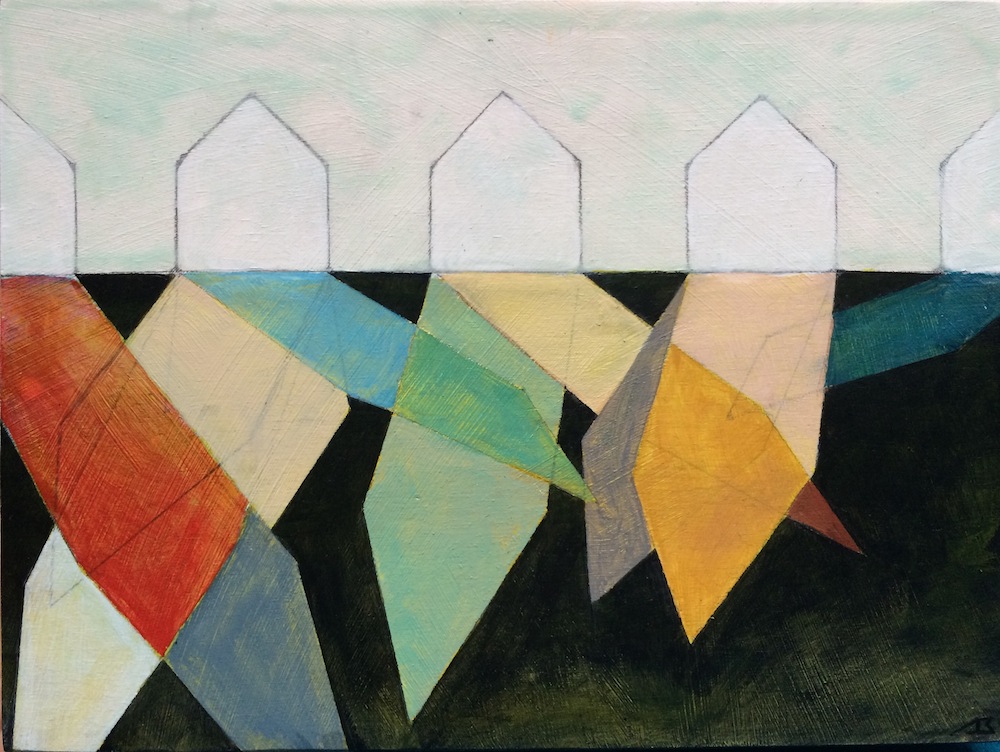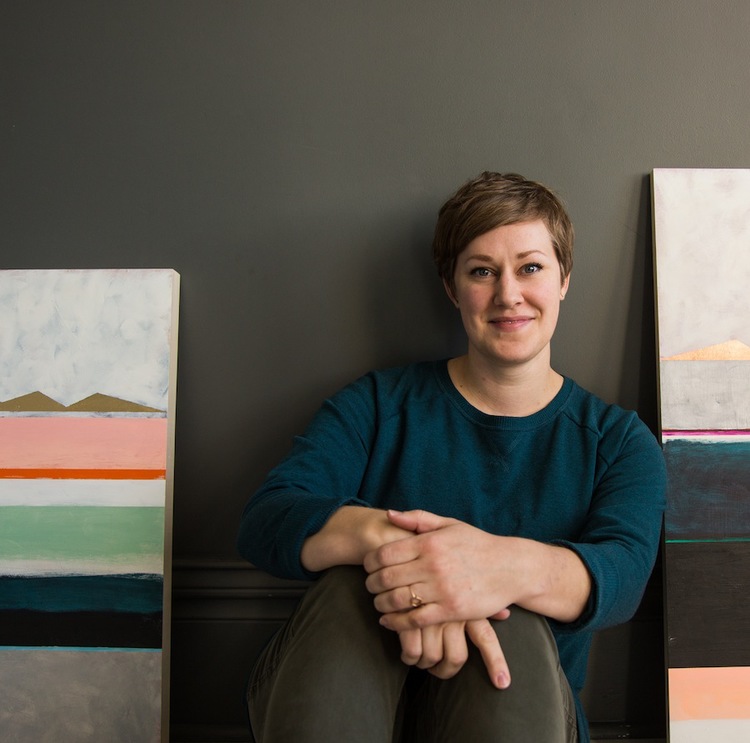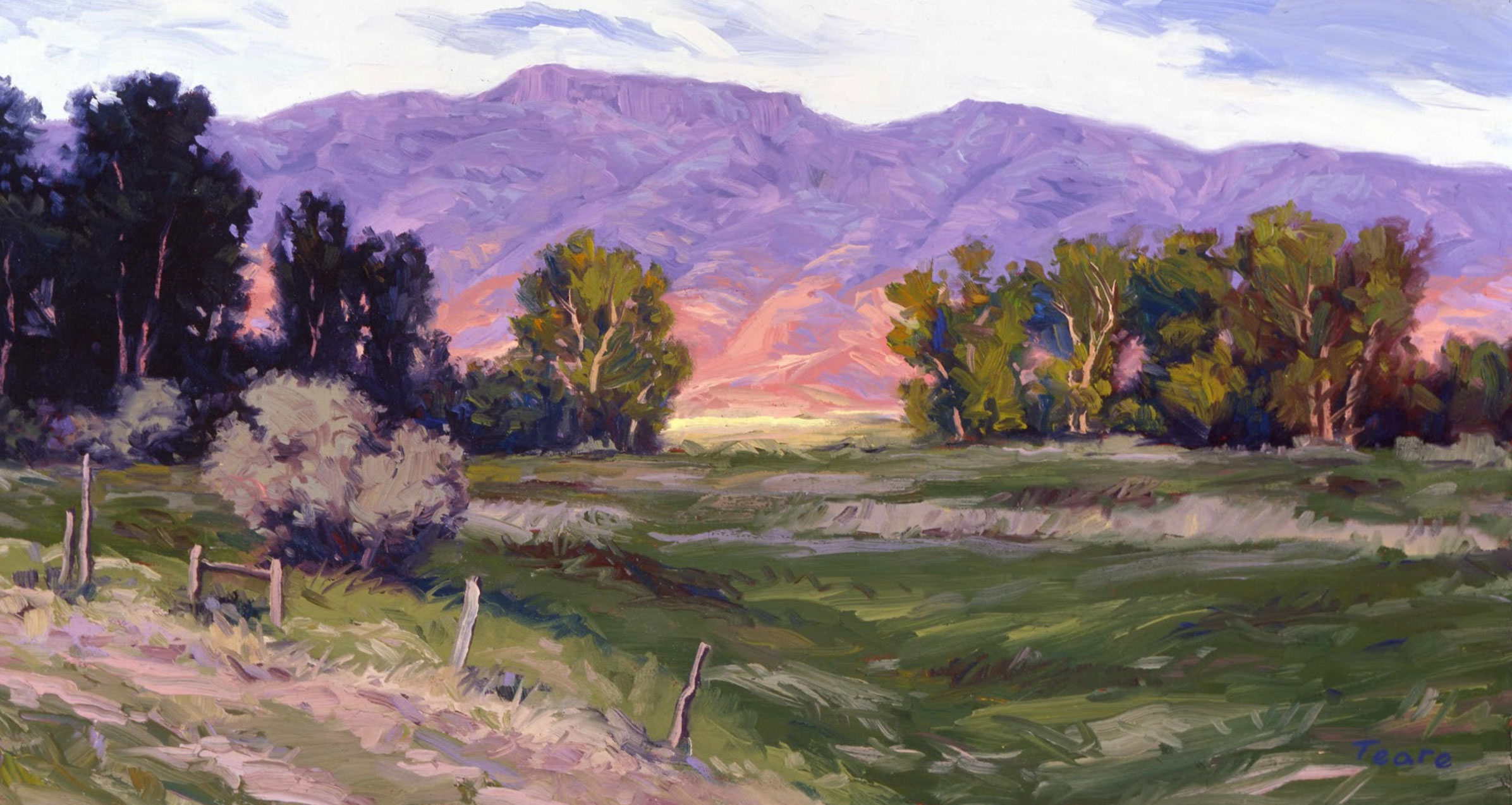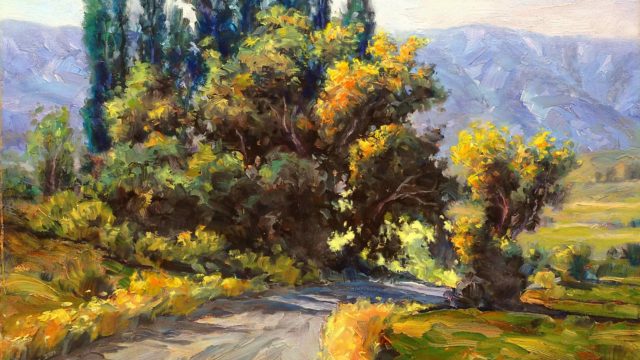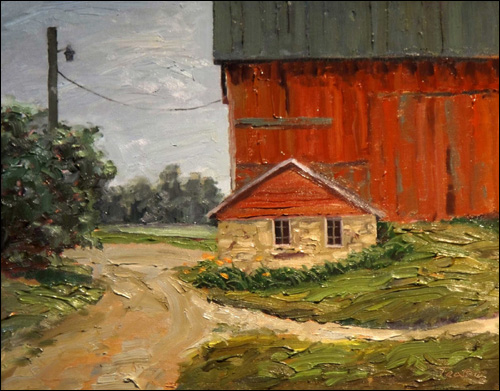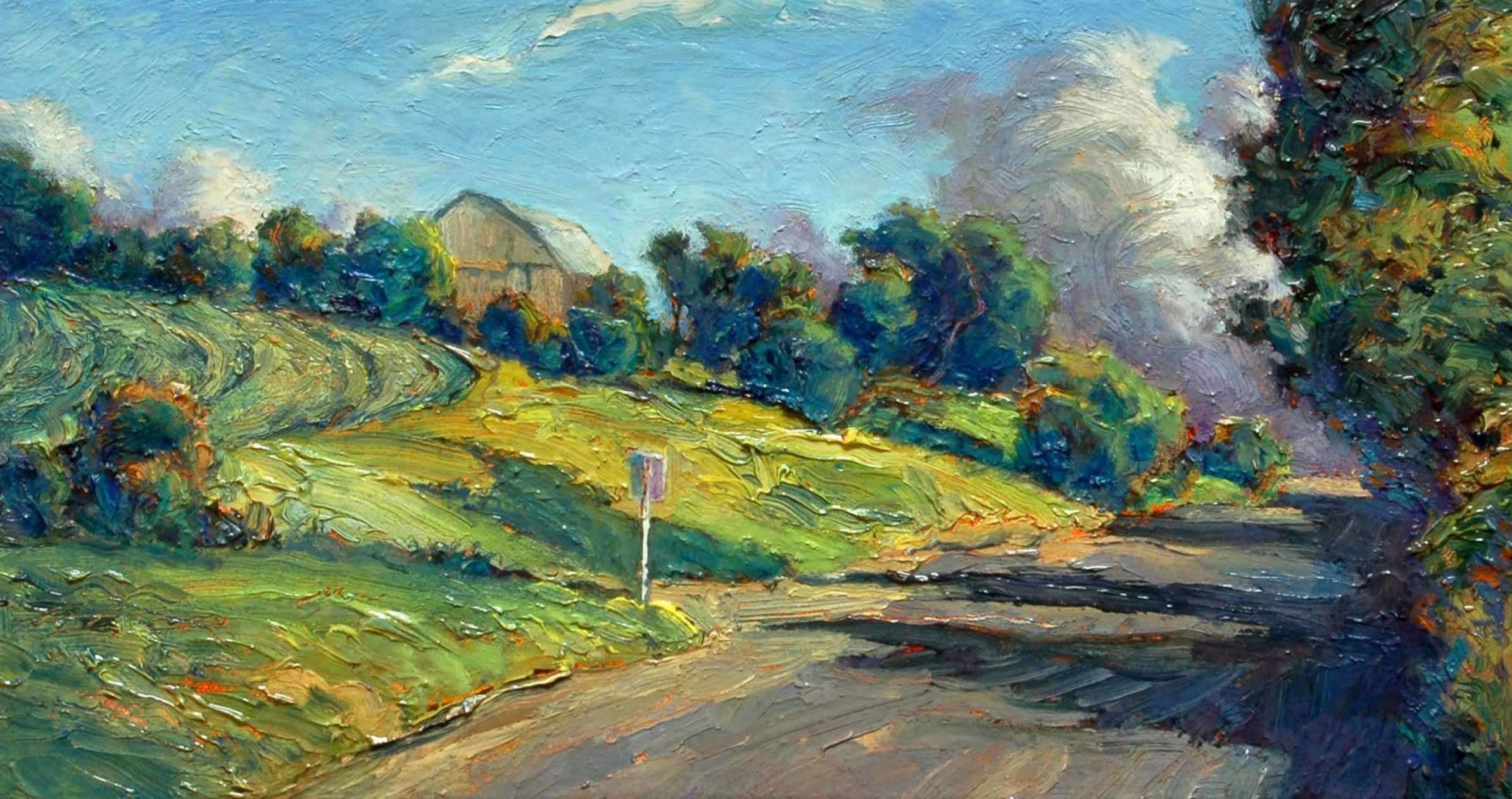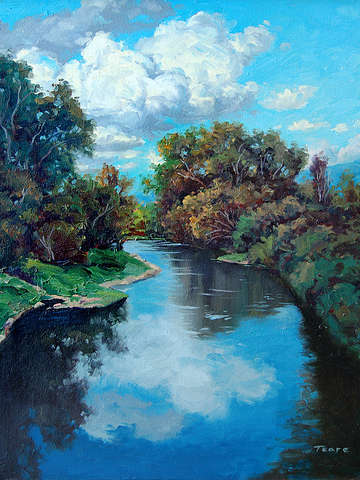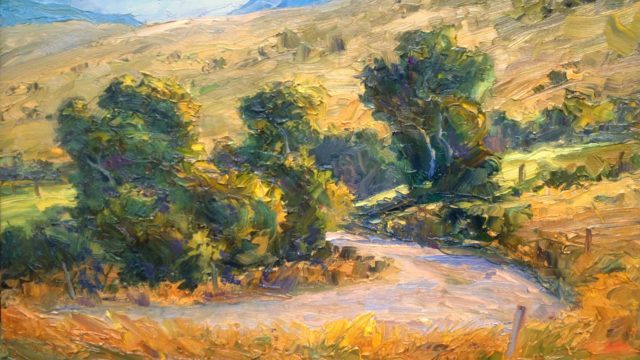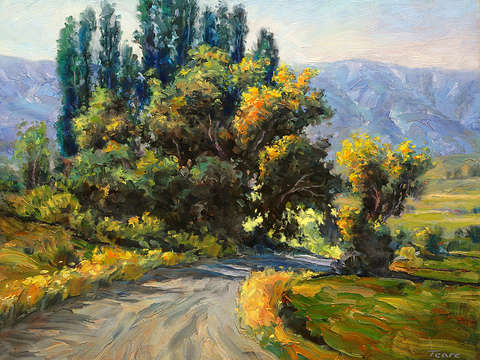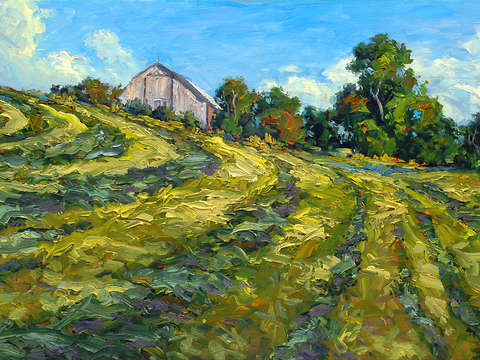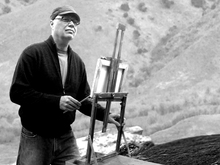Walter Rane is a prolific painter and illustrator. He currently has a show at the Rehs Gallery at 5 East 57th St. in New York City until November 18. The LDS Church owns 90 of Rane’s paintings and they are found in visitor centers, buildings, and across Church-related materials and websites. He once explained, “Instead of wanting to be like other illustrators, I’ve always wanted to paint like Rubens, Rembrandt and Michelangelo. Not that I could ever approach them, but that’s what my standard is and that’s what I look at all the time.” He was profiled previously on The Krakens. Rane and his wife live in New York City.
You maintain two different websites. One of your personal work and one of your religious prints. They almost feel like two different artists–albeit two talented artists. Do you approach these religious images differently? The real difference in the two websites is commercial. One is for selling reproductions of my work, most of which are church related (the Church owns the paintings and the copyrights but in some cases they grant me permission to make and sell reproductions). Coming from a background in book and magazine illustration, my work for the Church primarily depicts scripture narratives. The other website is for displaying my more recent work, which is not so overtly scriptural but I feel is just as religious. Lately my work has often come from a broader spiritual source, not always inspired by a particular scripture story or event but carrying a definite spiritual message. One of hope. Recently these have often involved the intersection of the spiritual and the physical, i.e. resurrection, angelic involvement, and our connection to a spiritual realm. That is not to say I don’t do narrative story telling any more. I do and I still find it compelling, since behind the stories are those same spiritual themes. I enjoy painting pretty much anything; fruits and vegetables, household objects as well as family and friends in everyday life, and I find those subjects to be spiritual also.
